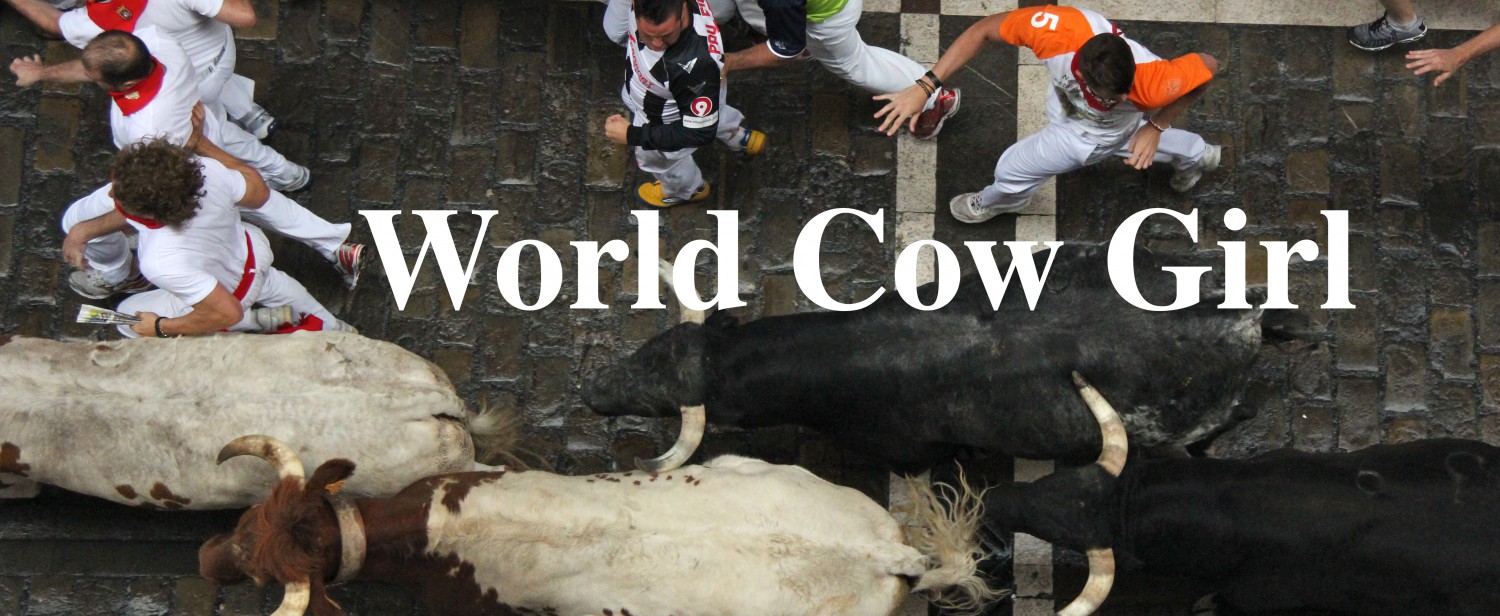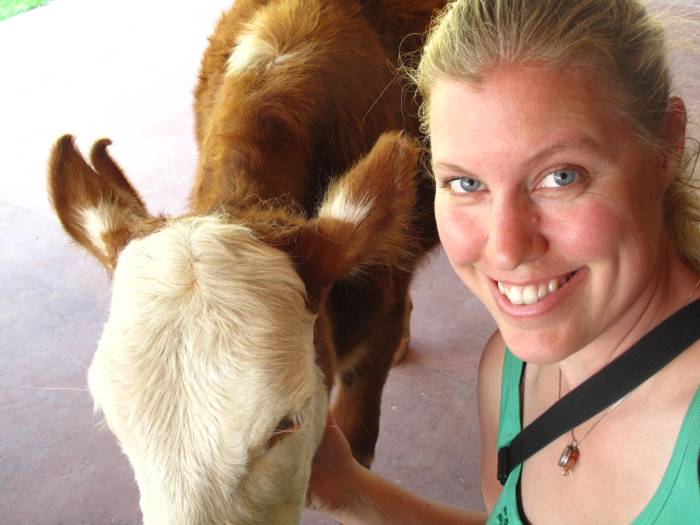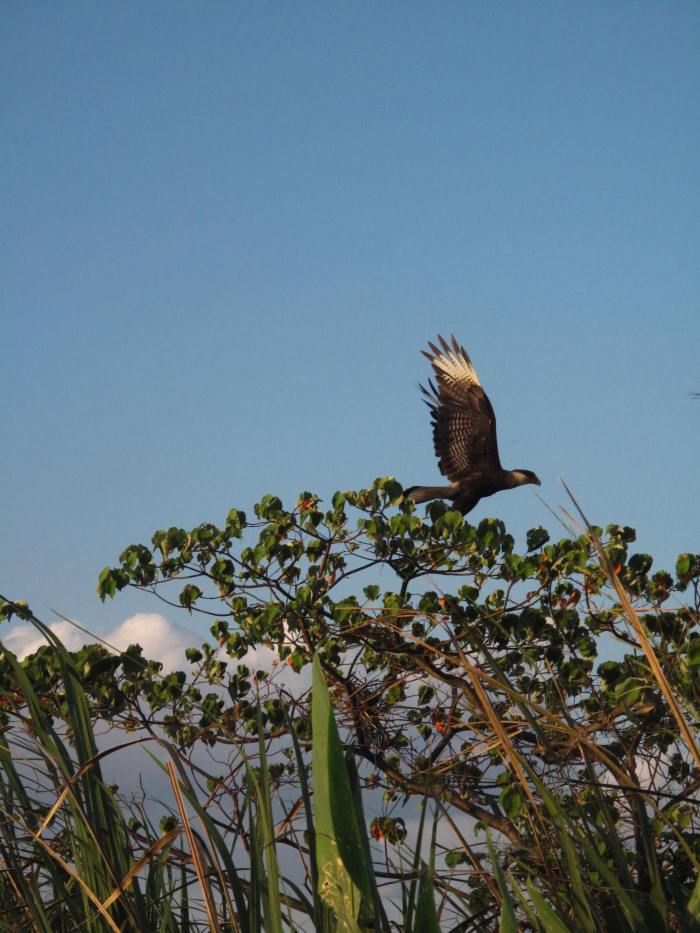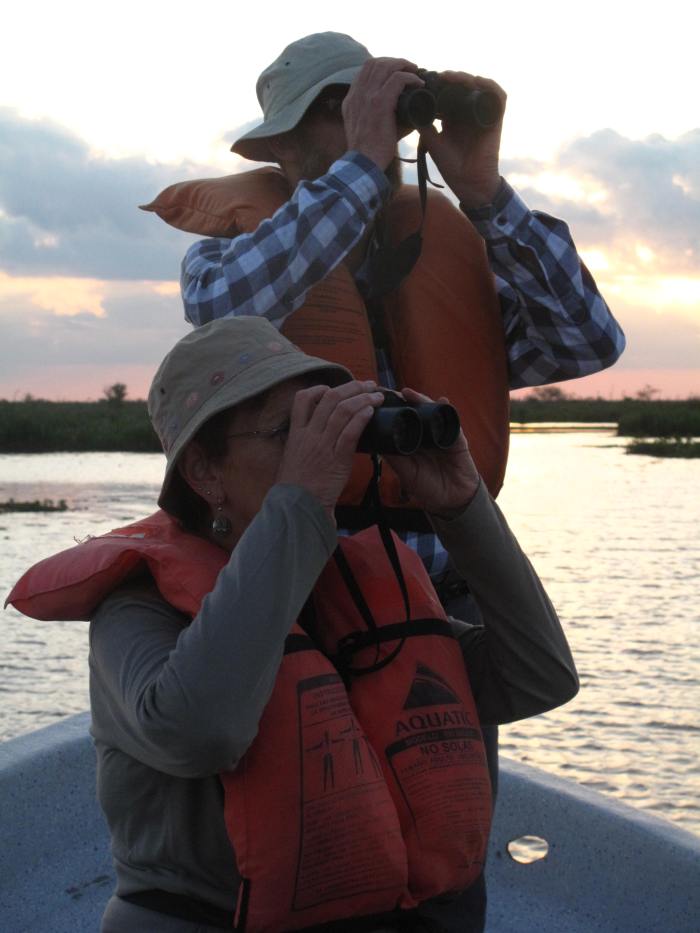In order to carry out my research on cattle in Argentina, I had planned on working at a ranch through the World Wide Organization of Organic Farms (WWOOF), where farmers accept volunteer labor in exchange for room, board, and an education – an activity often referred to as ‘wwoofing’. Wile I was in Puerto Madryn, I was accepted to work on a sheep and cattle ranch in the province of Jujuy (pronounced hoo-HOO-ee) where I could “learn the guacho way of life. As far as research went, it wasn’t exactly ideal because Jujuy boarders Bolivia and is far from the pampas – the historic ocean of grass that has produced some of the most famous beef in the world. But this was my opportunity to be on a farm and I plotted my rout to the capital city, San Salvador Jujuy, stopping in Buenos Aires, San Antonio de Areco, and Mendoza to break up the journey that required no less than three overnight bus rides.

Near the town of Cerro de los Siete Colores, the vibrant convergence of the earth’s strata. Jujuy Province.
In what I can only describe as a travel miracle, my work at the farm ended before it started. 48 hours before I was supposed to start my job at the farm, a friend from my hometown, Fort Collins, Colorado, sent me an e-mail about her new neighbor who was 1.) from Argentina, 2.) an expert in cattle nutrition and worked for a multinational feed company, and 3.) had several family members that owned cattle ranches in Argentina. “Would you like me to have him contact you?” she asked. After arriving in San Salvador Jujuy, after the third of three over night bus rides, I spoke to Pablo over the phone. Within a matter of minutes, this previous stranger became my research assistant, travel agent, and friend. He encouraged me to quit the job at the farm in Jujuy. He wanted to send me to his father, Alfredo’s, 4th generation cattle operation, La Union, in the province of Corrientes where I could stay in the estancia house, be given a horse to ride, and see how cows have been raised in Argentina for the past hundred years. “It will be like no-thing you have seen in your whole LIIIFE,” he kept enthusiastically repeating. “Well if you put it that way…” I hung up the phone, quit my job at the sheep farm, and made arrangements to take yet another overnight bus journey to the town of Mercedes in the province of Corrientes.
I arrived in Mercedes on a Friday, which was bad timing to visit La Union since the ranch was “closed” on weekends. Workers and their families used to live on the ranch, which is a forty-minute drive from town, year round. Today, the men work at the ranch during the week and their wives and children stay in town to enjoy better schools and modern conveniences. The ranch workers return to town on the weekends to spend time with their families. This glitch in timing turned out to be fortuitous, as it gave me a chance to visit the town Colonia Carlos Pelligrini, a village comprised mainly of hotels, that serves as the gateway to one of the most incredible wetland ecosystems in the world, the Esteros del Ibera.

The bus ride to Colonia Carlos Pellegrini was made even more quaint when our bus drivers took a half hour mate break in a stone hut with a handpainted kiosko sign.
Esterso del Ibera is a giant wetland that at 13,000 square kilometers, comprises one quarter of the province of Corrientes. A sizeable portion of the shallow marsh is covered by embalsados, dense mats of floating vegetation that are large enough for trees to grow on. These serve as habitat for a variety of animals, black cayman (related to alligators and main predator of piranhas), capybaras (the world’s largest rodent), wild cats, marsh deer, and the majority of the wetland’s 350 species of birds. A boat tour of the massive lake took us up close to many unique birds and animals. My favorite were the southern screamers, a bird that looks like the mythical phoenix with stork’s legs – a creature that could have come from the pages of a Harry Potter book. We saw cayman, capybaras, and even a marsh deer at surprisingly close range. My birder companions were also able to tick quite a few species of cranes, herons, storks and raptors off of their list. The number of wonderful creatures and the enormity of the wetland made me wish for a bigger and better camera so to capture in more detail the unique beauty of this place. Once a place Argentines came to hunt capybaras and caymen for their leather, there has been a moratorium on hunting and the small community of Carlos Pellegrini is now preparing for a growing ecotourism industry. Environmental activist and founder of North Face Clothing, Doug Tomkins, has also bought sizeable tracts of land around the marsh to conserve them until the government is prepared to take over conservation efforts. After spending a couple of days there I wholeheartedly agree that it is a place worth protecting.




























